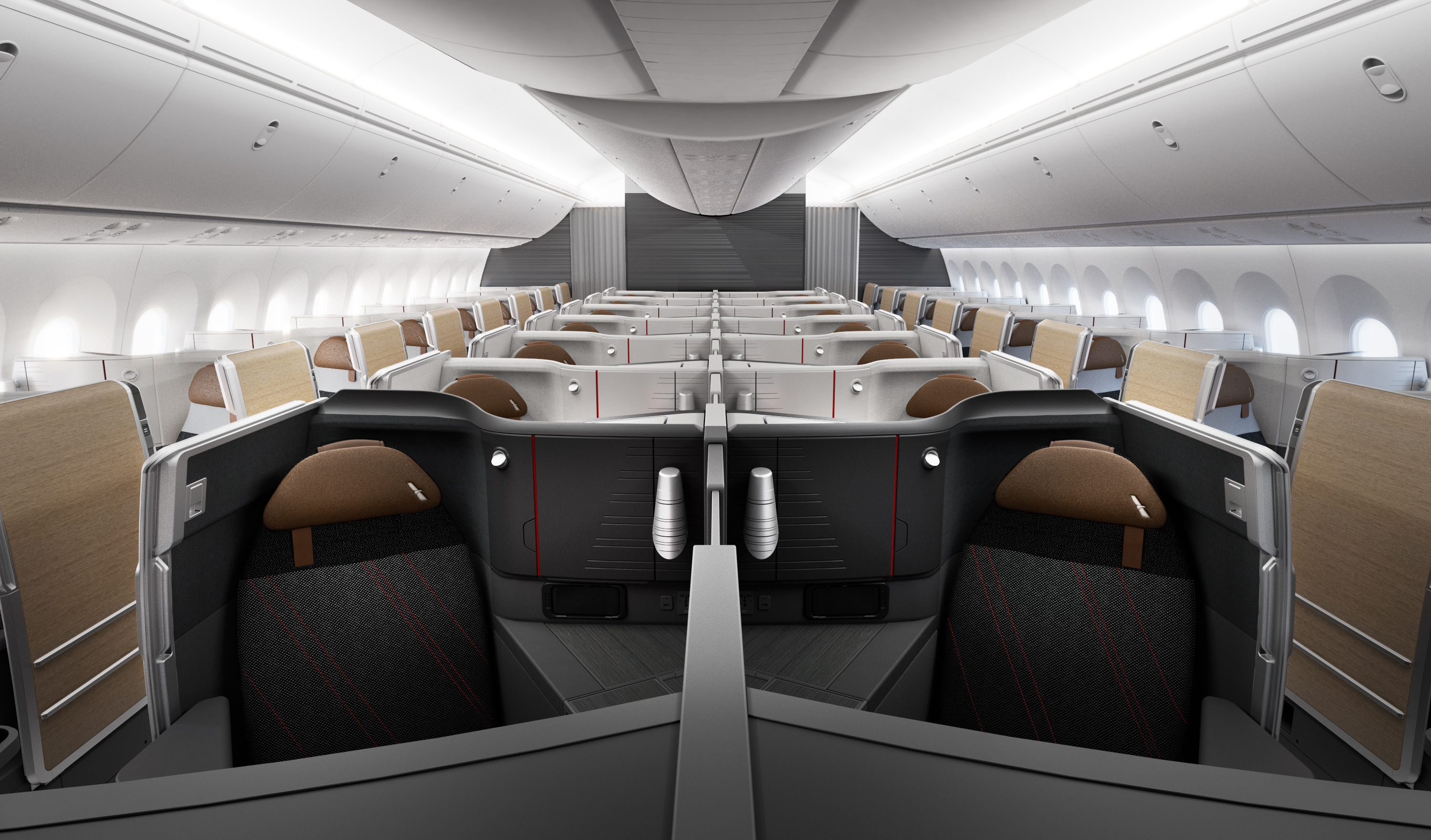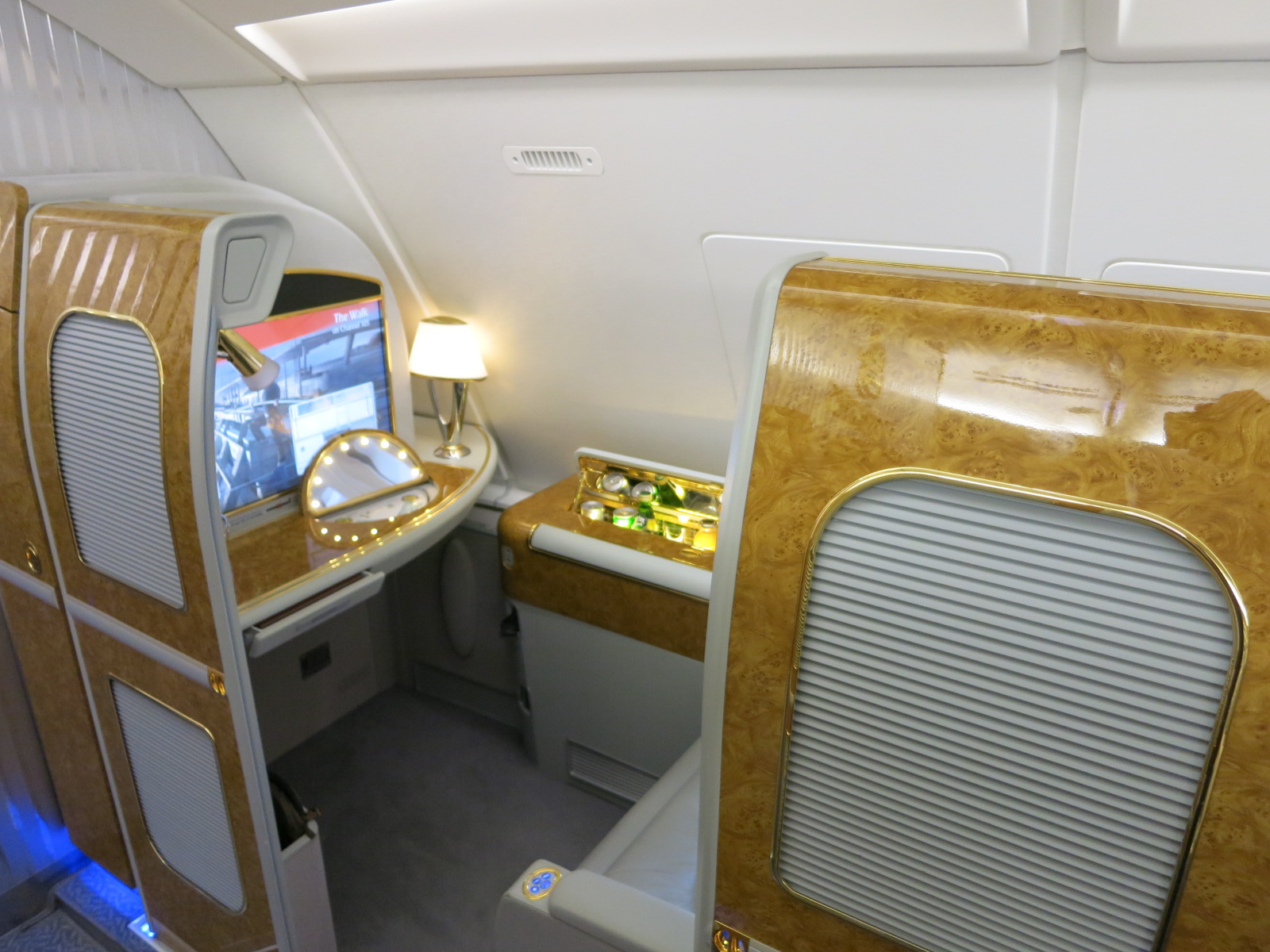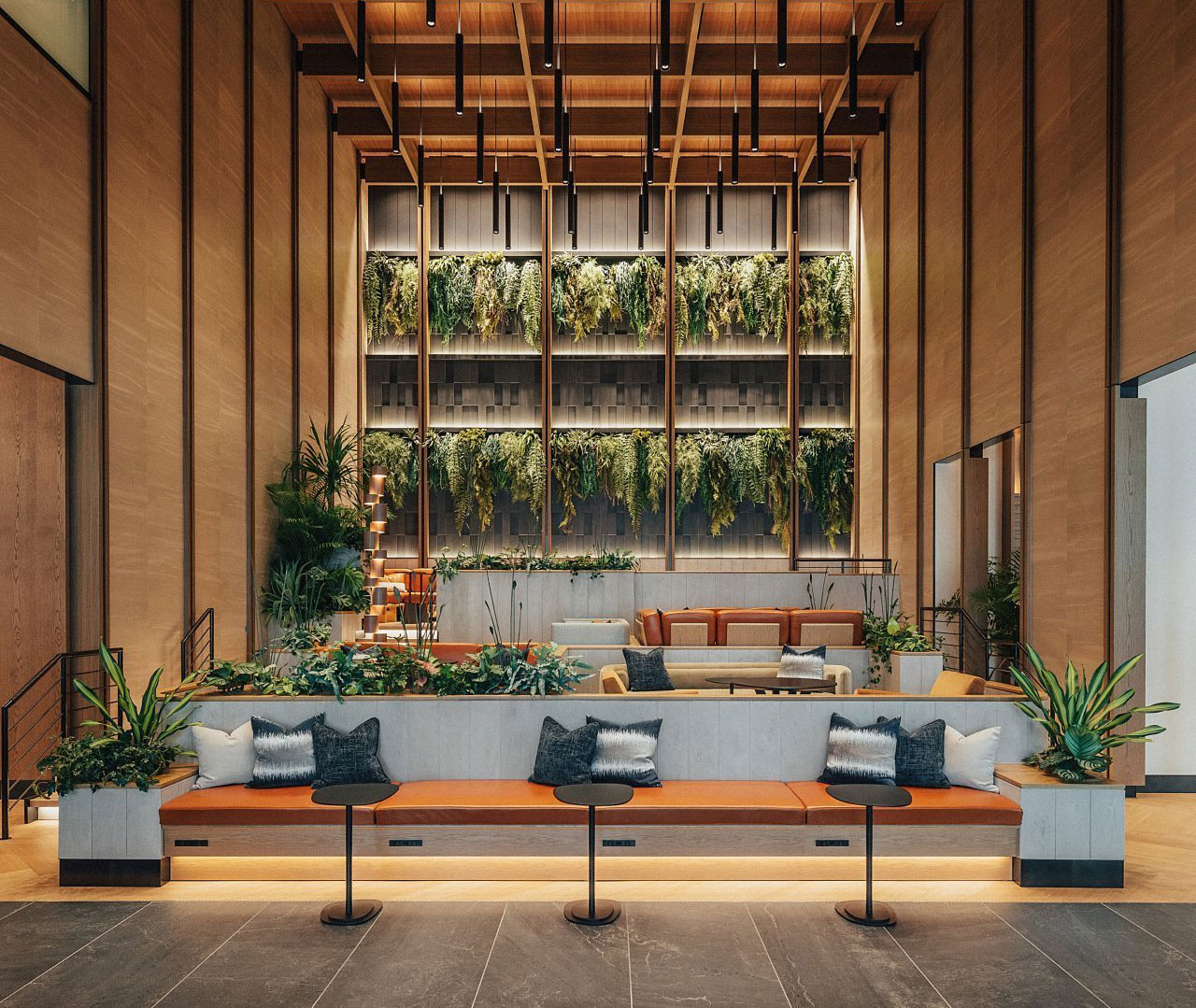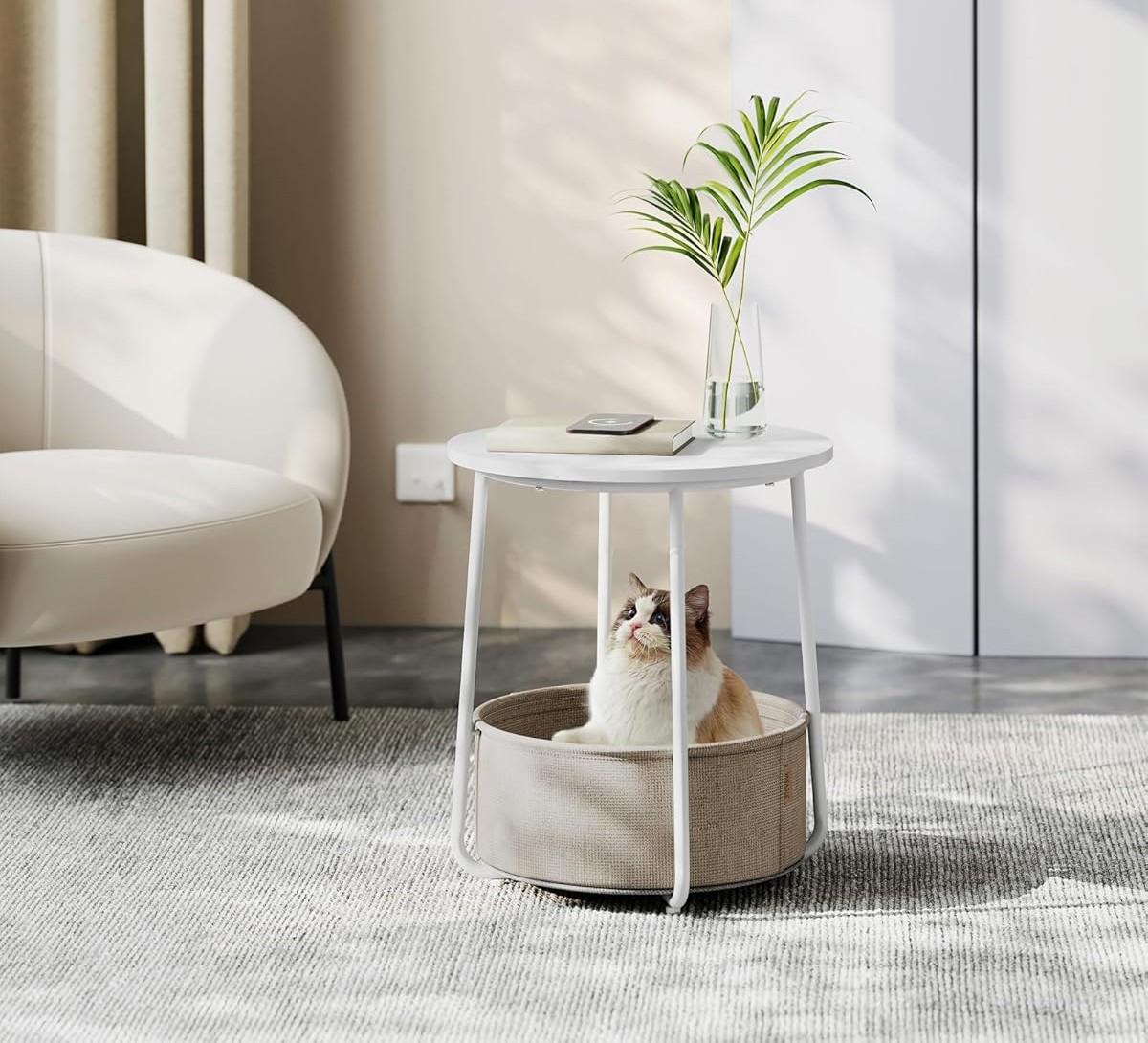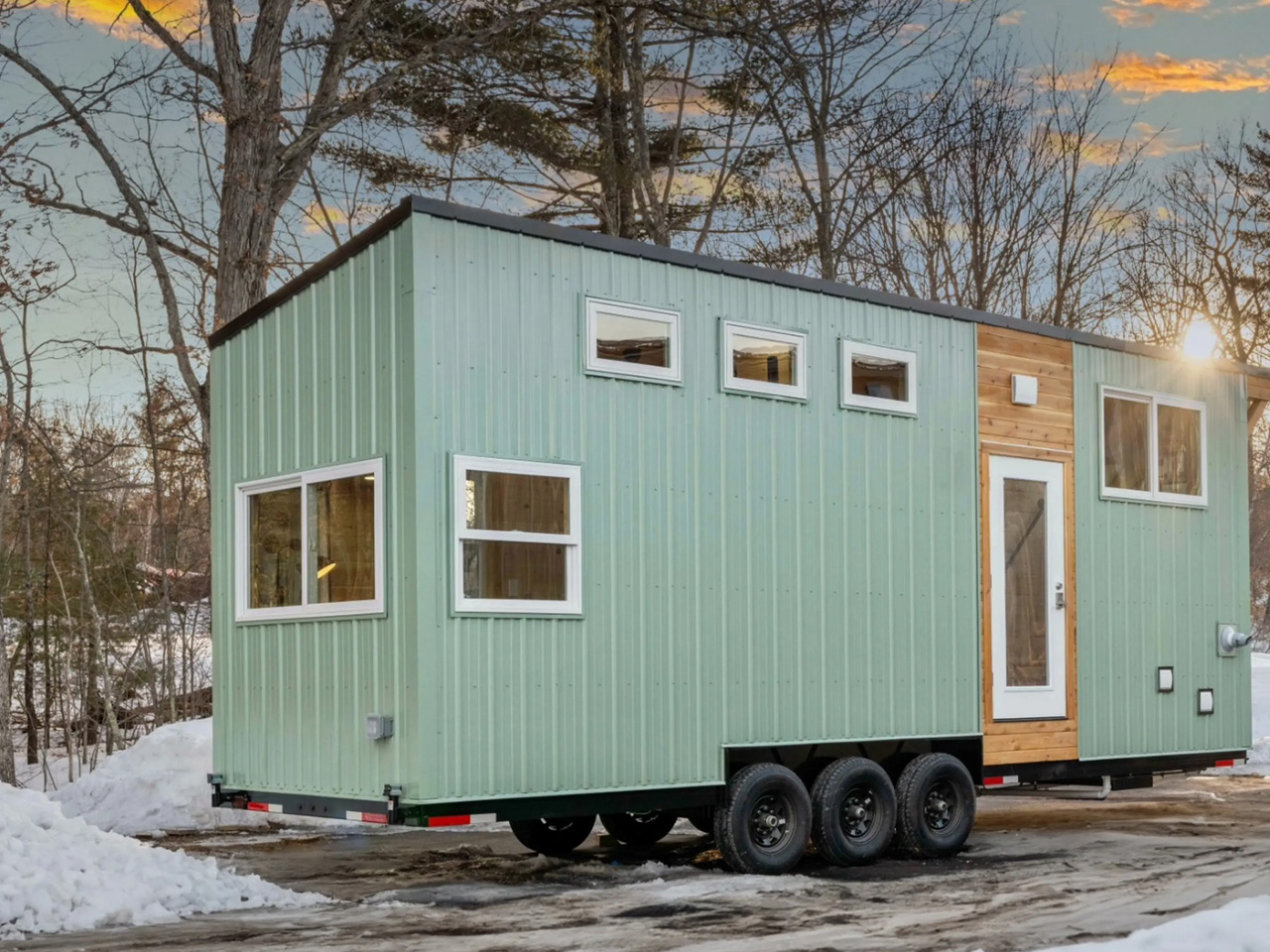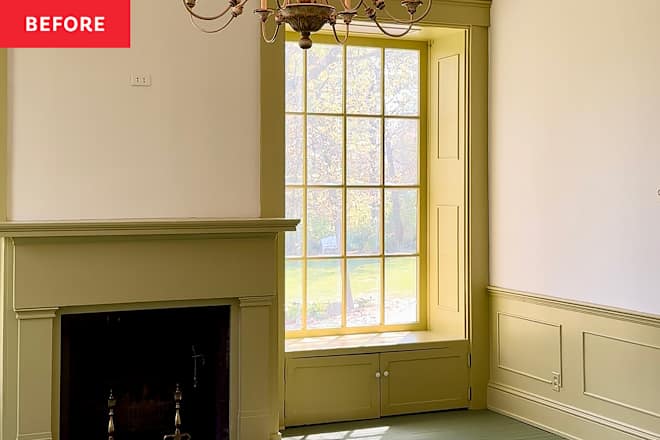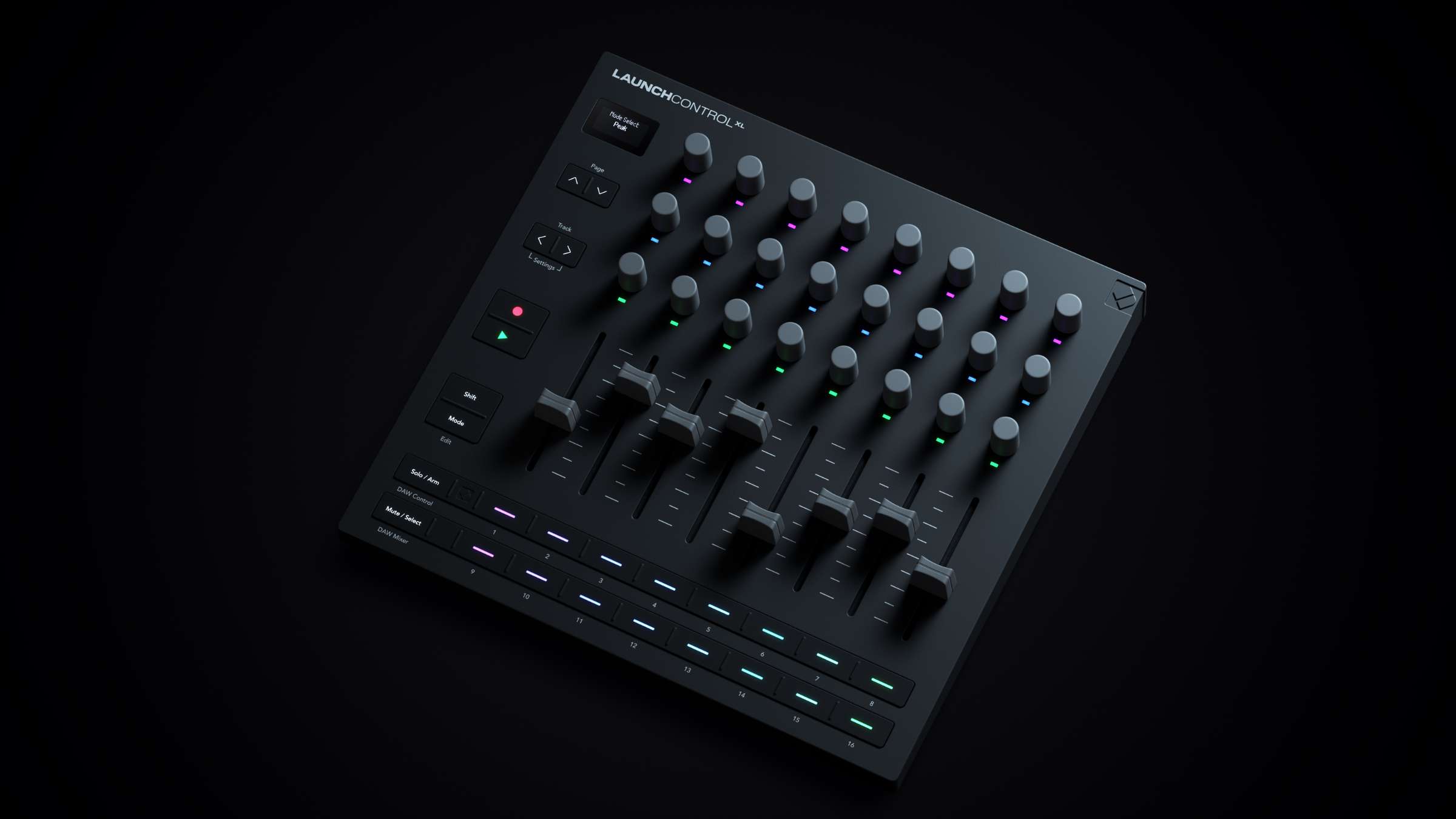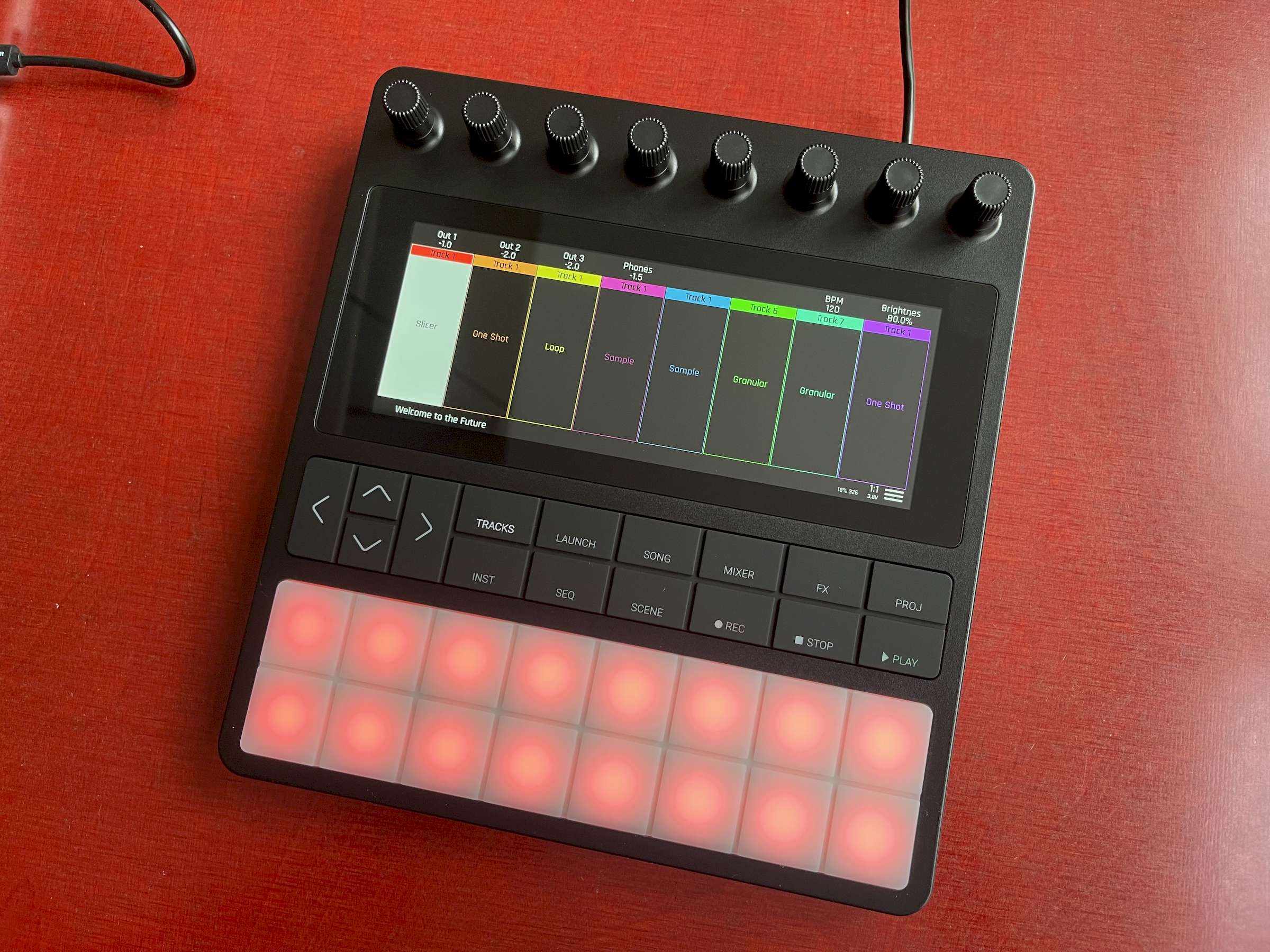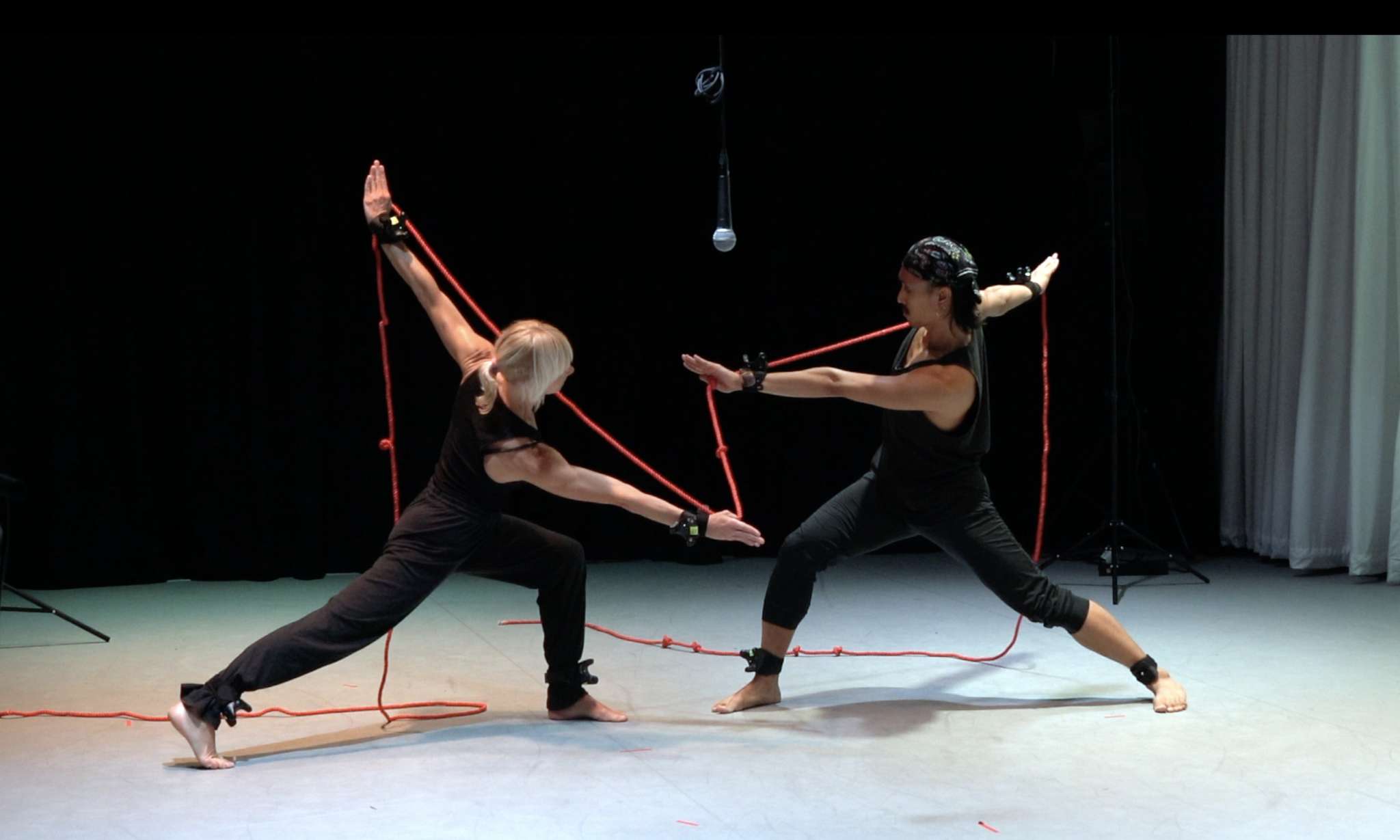Kitchen Sync: Aloha Relationship-Building Feels Like Fire Emblem
Usually when you hear a game is like Fire Emblem, you expect it to be an RPG or strategy game, but that’s not the case with Kitchen Sync: Aloha. Instead, Lemonpepper Games worked that concept into a kitchen management simulation with visual novel elements. The thing is, it works out because of the execution, and that relationship-building becomes the best part of the experience. Kitchen Sync: Aloha features a pair of siblings with fond memories of visiting their aunt’s restaurant. (You choose which one is your avatar.) Which means that when they get a chance to revitalize it, they leap at the opportunity to team up to again make it a prosperous restaurant that could be as meaningful to others as it was to them. However, since they’re not as experienced as she was when it comes to running their own establishment, that means our journey alongside them involves handling requests, collecting recipes, getting experience working in different situations, hiring additional employees to assist in the kitchen, and managing relationships between everyone involved. Those additional employees is where the Fire Emblem part of Kitchen Sync: Aloha comes in. Don’t worry. We’ll get there. https://www.youtube.com/watch?v=SqKs4nwj7fk This means there are essentially two types of gameplay we’re dealing with as we go through Kitchen Sync: Aloha. The primary mechanic involves actually working in the restaurant. This includes not only the main Aloha Pearl, but also an array of other kitchens across Hawaii as you also collect different types of recipes based on actual food from the region. Depending on which difficulty you choose, it will either be incredibly relaxed (Cozy) or strenuous (Hard Boiled), but typically each service involves completing all orders, possibly having certain items on the menu, and some bonus objectives. Preparing meals means going to different stations, as in other cooking and kitchen management games such as Call of Boba, Overcooked, Cuisineer, or maybe even Cook Serve Delicious, then offering up a finished product. Overcooked is probably the closest, since there are multiple chefs in the kitchen, but we’re controlling everyone here and switching between them for both boosts and relationship-building. Not to mention, doubling up on recipes or adjusting them can tweak them. It’s not the most revolutionary cooking management gameplay I’ve experienced, and it can get a bit tedious, but it works. The other element is the character and relationship building, and that’s where Kitchen Sync: Aloha stands out. While you begin with the two siblings trying to realize this dream, there will eventually be other people you can recruit. Every chef you unlock has stats, and by placing them in shifts in the kitchen you earn ability points that can buff their abilities and make them more effective. Some of them are plucked right out of, say, an RPG, since stamina and speed are two factors, but so are skill, teamwork, and technique. (There are also Ability Books you can pick up.) In a nod to Fire Emblem, you can see support conversations between them, which can go from rank C to S, in many cases. This means that in addition to the boosts and benefits from just generally having people who work well together in a kitchen, you also get to see the people who work a lot together get along and become friends or even couples. There are even Sync Styles that unlock. This ended up being my favorite part of Kitchen Sync: Aloha, as it is all the fun of getting to pair up people and make them like each other like in Fire Emblem, but without worrying I’ll get allies killed because I needed Frederick to marry Sumia so Cynthia can eventually ride a dragon. Plus, I like how this worked out here! It’s a really novel concept, and it does incentivize working on certain pairs and building up certain people. You can optimize abilities to ensure people balance each other out, as well as Sync Styles to prioritize certain incentives in the kitchen. Plus the way the Support conversations and rank-ups help make it easier to deal with the repetitive gameplay in the kitchen portions. Images via Lemonpepper The only thing I hope gets adjusted with Kitchen Sync: Aloha is increased Steam Deck and handheld gaming PC compatibility. It definitely feels like a title perfect for on-the-go play or getting cozy on a couch. However, I had issues playing it on a Lenovo Legion Go. The initial prompt for character names and pronouns ended up not playing well with the virtual keyboard. There were also a few times in which it sometimes didn’t immediately map correctly to the controllers and I needed to use the mousepad or touchscreen to get through things. The developer does seem to work on it and it could be limited to just this device, as there was a post from Lemonpepper addressing compatibility, so your mileage may vary. I really appreciate Lemonpepper Games integrated a Fire Emblem style relationship management system into a res
![]()
Usually when you hear a game is like Fire Emblem, you expect it to be an RPG or strategy game, but that’s not the case with Kitchen Sync: Aloha. Instead, Lemonpepper Games worked that concept into a kitchen management simulation with visual novel elements. The thing is, it works out because of the execution, and that relationship-building becomes the best part of the experience.
Kitchen Sync: Aloha features a pair of siblings with fond memories of visiting their aunt’s restaurant. (You choose which one is your avatar.) Which means that when they get a chance to revitalize it, they leap at the opportunity to team up to again make it a prosperous restaurant that could be as meaningful to others as it was to them. However, since they’re not as experienced as she was when it comes to running their own establishment, that means our journey alongside them involves handling requests, collecting recipes, getting experience working in different situations, hiring additional employees to assist in the kitchen, and managing relationships between everyone involved.
Those additional employees is where the Fire Emblem part of Kitchen Sync: Aloha comes in. Don’t worry. We’ll get there.
This means there are essentially two types of gameplay we’re dealing with as we go through Kitchen Sync: Aloha. The primary mechanic involves actually working in the restaurant. This includes not only the main Aloha Pearl, but also an array of other kitchens across Hawaii as you also collect different types of recipes based on actual food from the region. Depending on which difficulty you choose, it will either be incredibly relaxed (Cozy) or strenuous (Hard Boiled), but typically each service involves completing all orders, possibly having certain items on the menu, and some bonus objectives. Preparing meals means going to different stations, as in other cooking and kitchen management games such as Call of Boba, Overcooked, Cuisineer, or maybe even Cook Serve Delicious, then offering up a finished product. Overcooked is probably the closest, since there are multiple chefs in the kitchen, but we’re controlling everyone here and switching between them for both boosts and relationship-building. Not to mention, doubling up on recipes or adjusting them can tweak them. It’s not the most revolutionary cooking management gameplay I’ve experienced, and it can get a bit tedious, but it works.
The other element is the character and relationship building, and that’s where Kitchen Sync: Aloha stands out. While you begin with the two siblings trying to realize this dream, there will eventually be other people you can recruit. Every chef you unlock has stats, and by placing them in shifts in the kitchen you earn ability points that can buff their abilities and make them more effective. Some of them are plucked right out of, say, an RPG, since stamina and speed are two factors, but so are skill, teamwork, and technique. (There are also Ability Books you can pick up.) In a nod to Fire Emblem, you can see support conversations between them, which can go from rank C to S, in many cases. This means that in addition to the boosts and benefits from just generally having people who work well together in a kitchen, you also get to see the people who work a lot together get along and become friends or even couples. There are even Sync Styles that unlock.
This ended up being my favorite part of Kitchen Sync: Aloha, as it is all the fun of getting to pair up people and make them like each other like in Fire Emblem, but without worrying I’ll get allies killed because I needed Frederick to marry Sumia so Cynthia can eventually ride a dragon. Plus, I like how this worked out here! It’s a really novel concept, and it does incentivize working on certain pairs and building up certain people. You can optimize abilities to ensure people balance each other out, as well as Sync Styles to prioritize certain incentives in the kitchen. Plus the way the Support conversations and rank-ups help make it easier to deal with the repetitive gameplay in the kitchen portions.



The only thing I hope gets adjusted with Kitchen Sync: Aloha is increased Steam Deck and handheld gaming PC compatibility. It definitely feels like a title perfect for on-the-go play or getting cozy on a couch. However, I had issues playing it on a Lenovo Legion Go. The initial prompt for character names and pronouns ended up not playing well with the virtual keyboard. There were also a few times in which it sometimes didn’t immediately map correctly to the controllers and I needed to use the mousepad or touchscreen to get through things. The developer does seem to work on it and it could be limited to just this device, as there was a post from Lemonpepper addressing compatibility, so your mileage may vary.
I really appreciate Lemonpepper Games integrated a Fire Emblem style relationship management system into a restaurant management simulation like Kitchen Sync: Aloha. I wasn’t sure how it would work out! But the fact that the chefs are sort of treated like RPG units, based on their skills and abilities, and hopefully putting people in the kitchen to increase scores and meet objectives meant it really fell into place. While I felt the actual management portion gets a little tedious, the concept of managing people’s friendships and relationships helped the game stand out.
Kitchen Sync: Aloha is available on PC via Steam now.
The post Kitchen Sync: Aloha Relationship-Building Feels Like Fire Emblem appeared first on Siliconera.




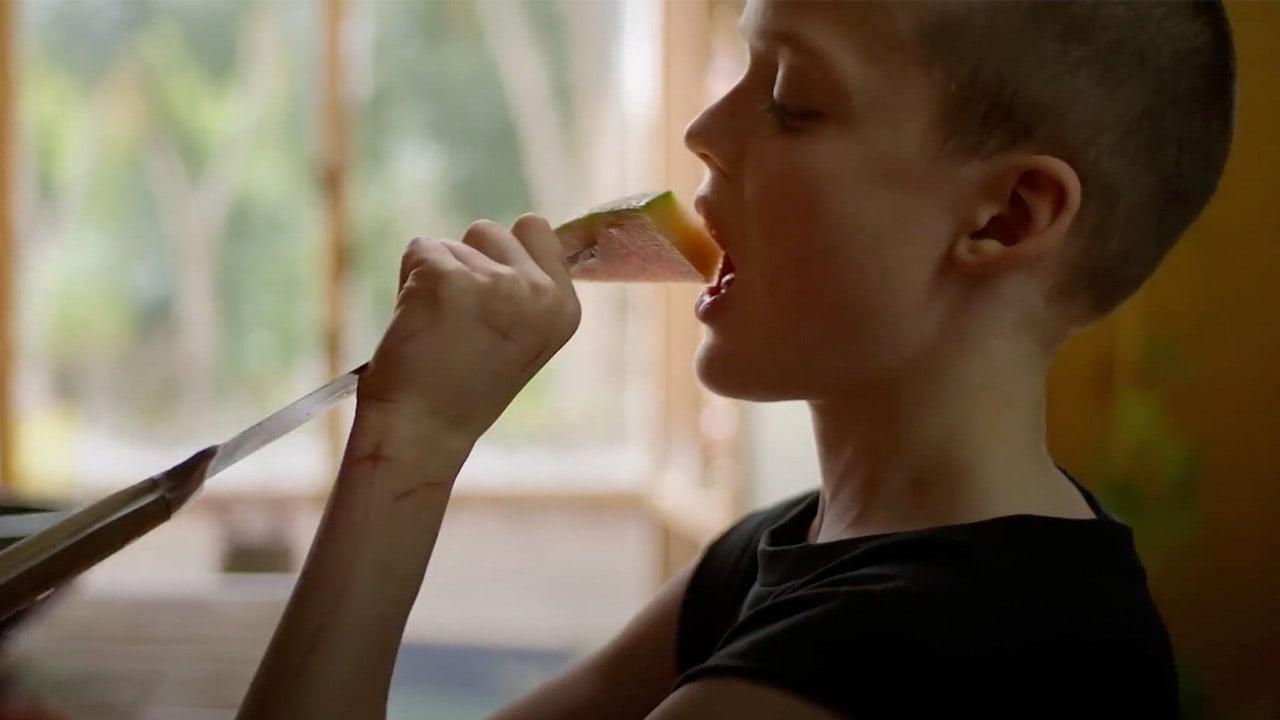


![Witness The Gory Action in the ‘DOOM: The Dark Ages’ Launch Trailer [Video]](https://bloody-disgusting.com/wp-content/uploads/2025/05/doomdarkages.jpg)
































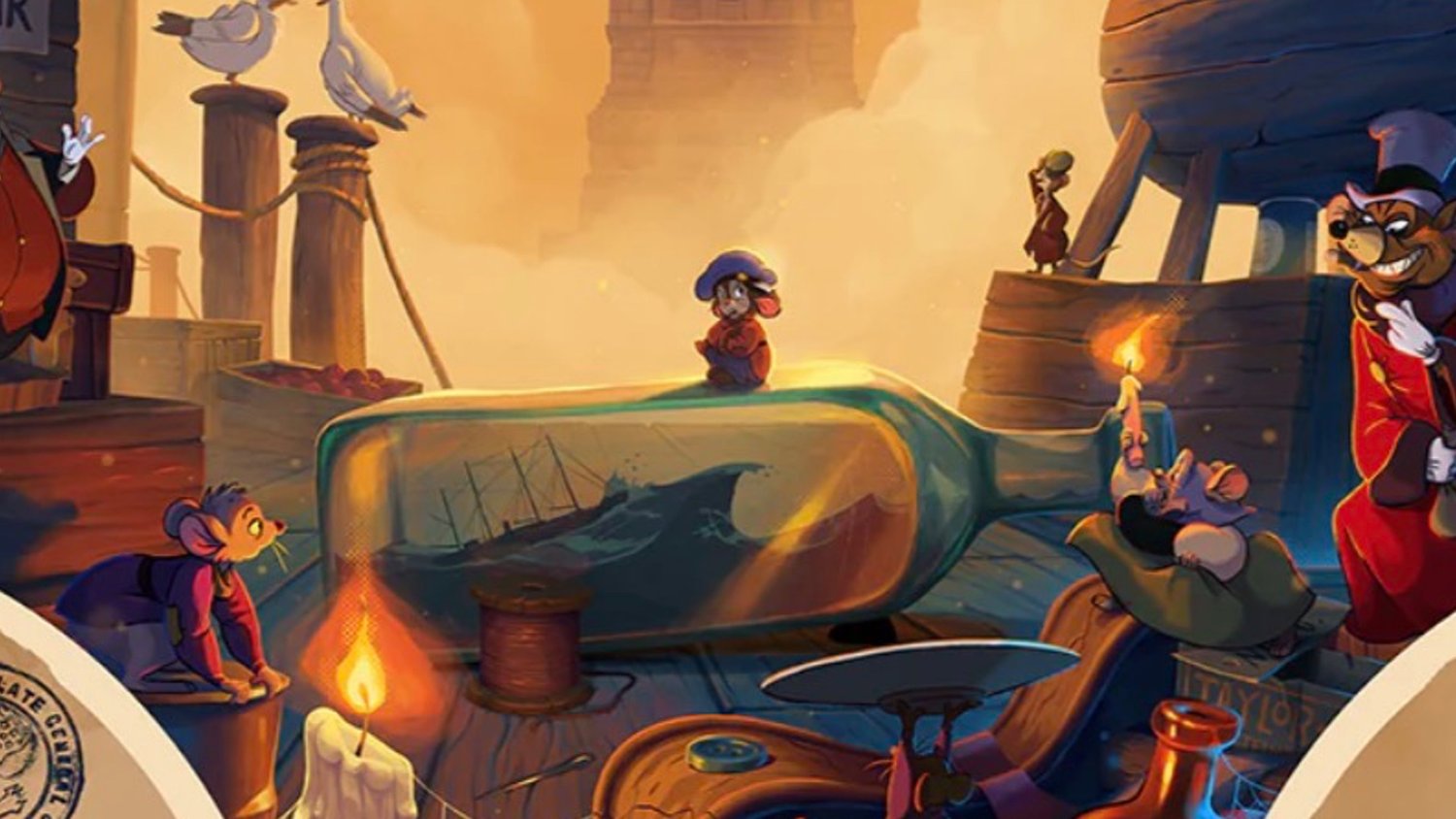













![Hollow Rendition [on SLEEPY HOLLOW]](https://jonathanrosenbaum.net/wp-content/uploads/2010/03/sleepy-hollow32.jpg)
![It All Adds Up [FOUR CORNERS]](https://jonathanrosenbaum.net/wp-content/uploads/2010/08/fourcorners.jpg)
















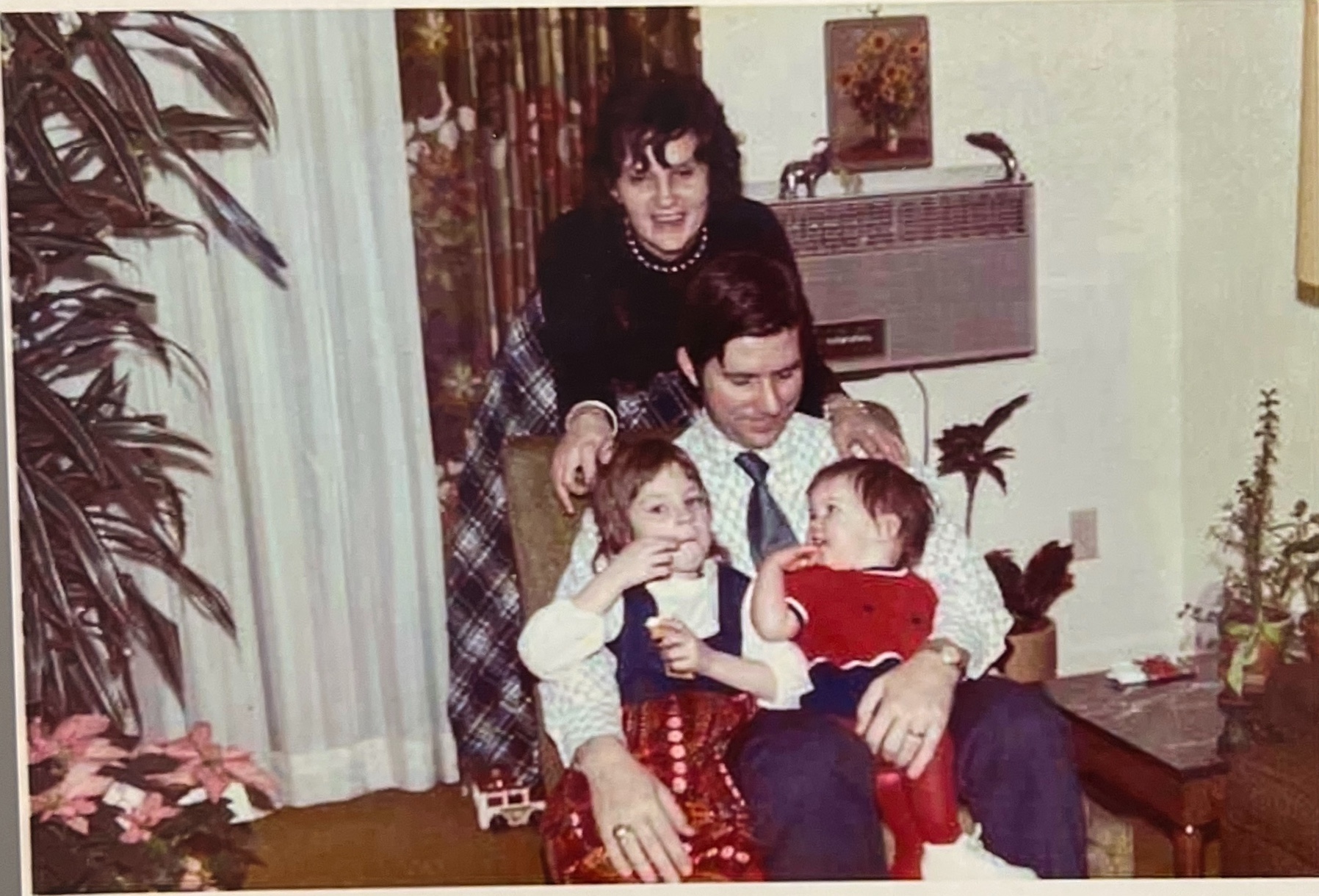







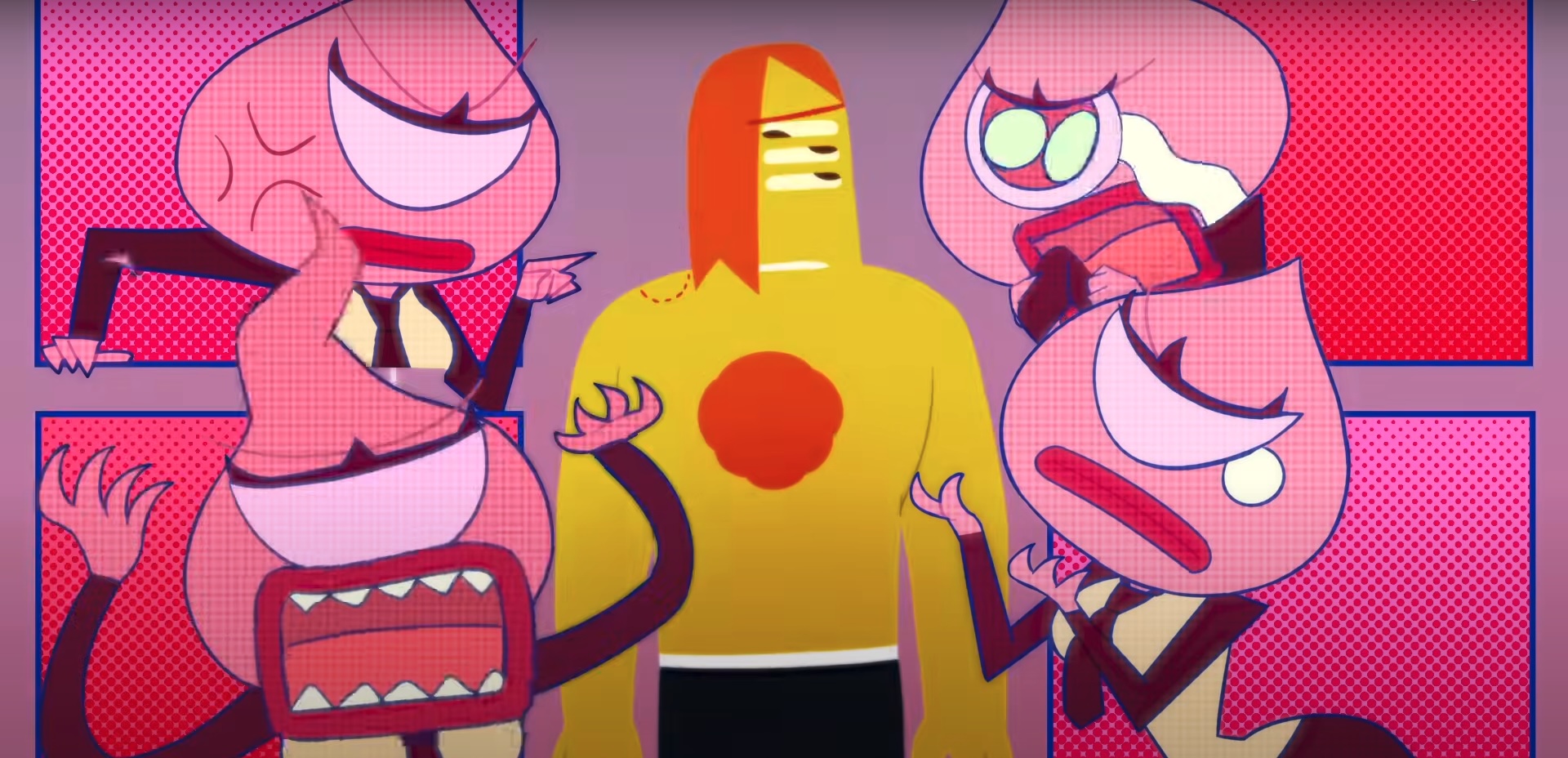



















![Natasha Rothwell Pitched Belinda’s Big Moment In ‘The White Lotus’ Season 3 [Interview]](https://cdn.theplaylist.net/wp-content/uploads/2025/05/09171530/NatashaRothwellWhiteLotusSeason2.jpg)

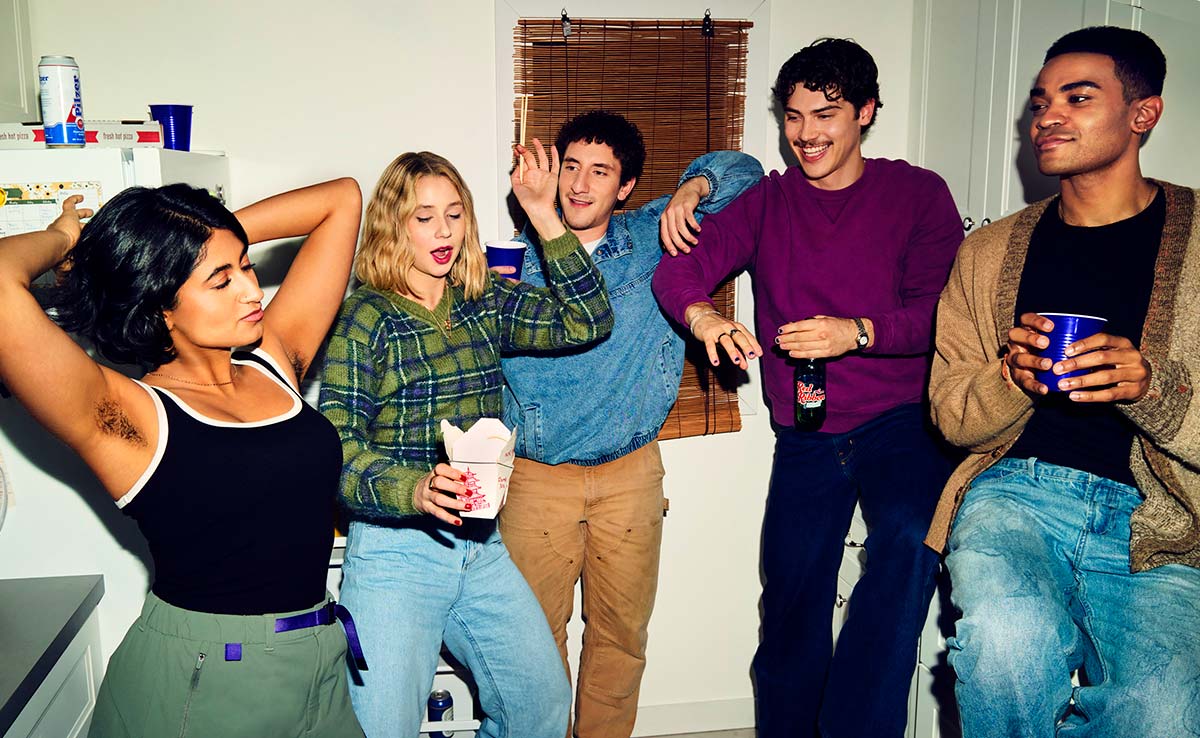
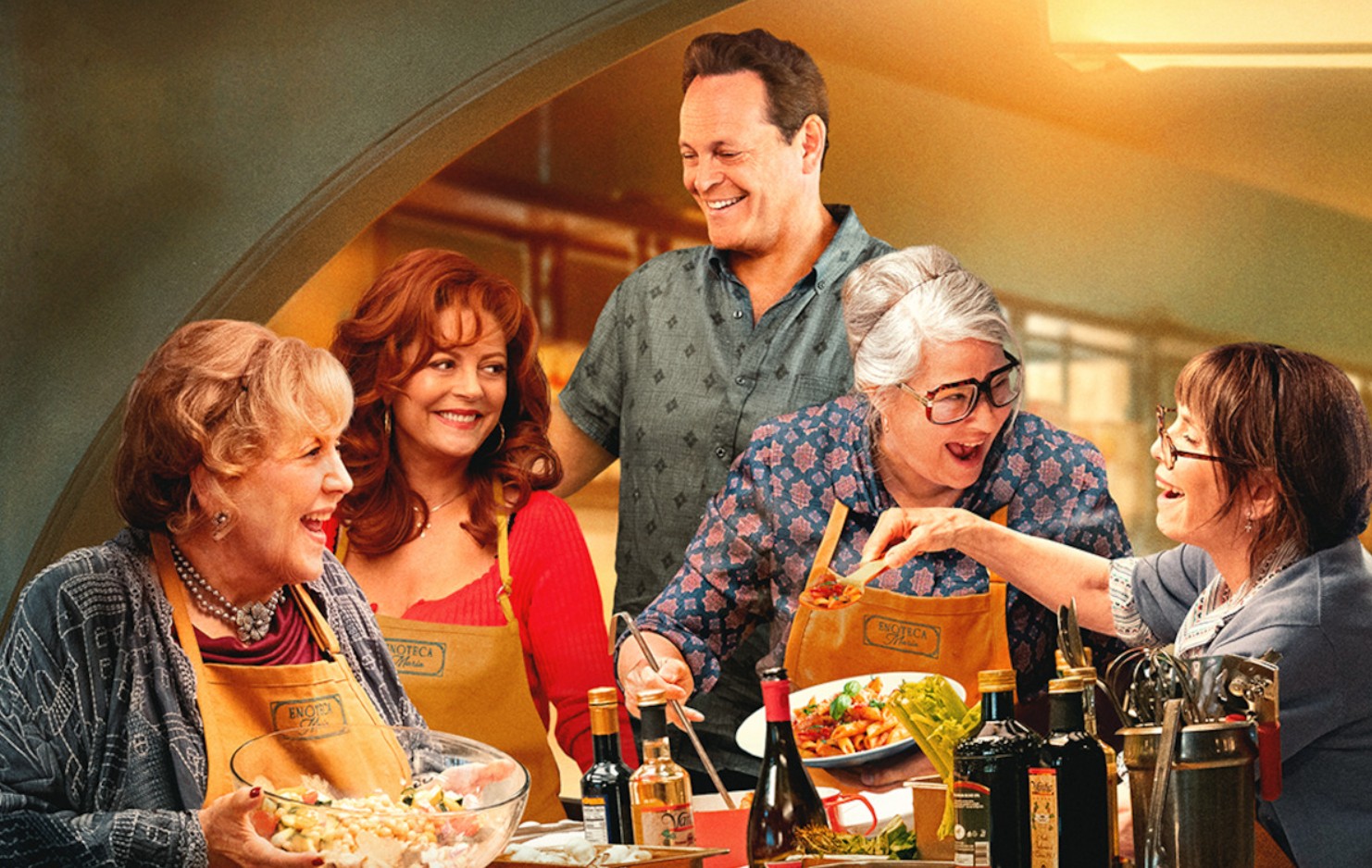

























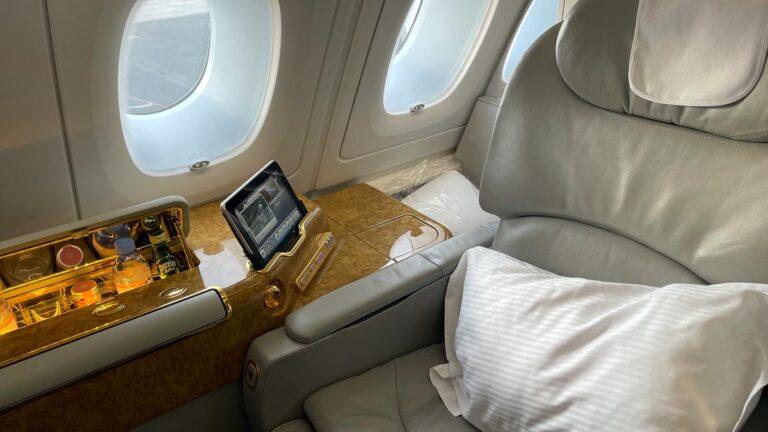









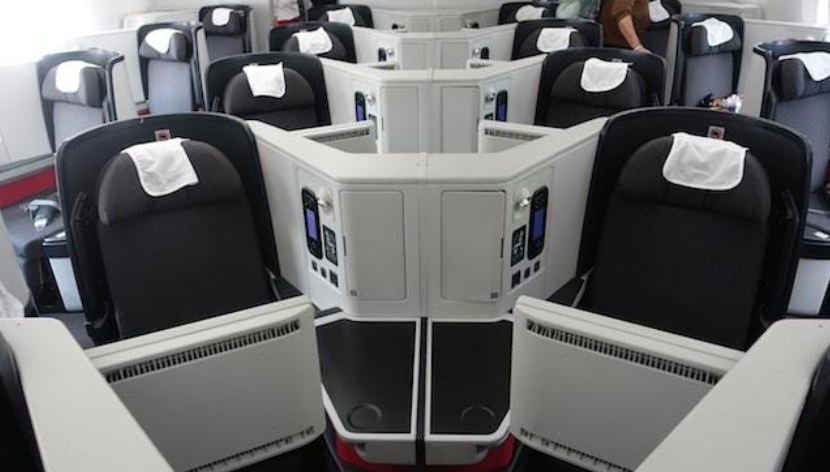




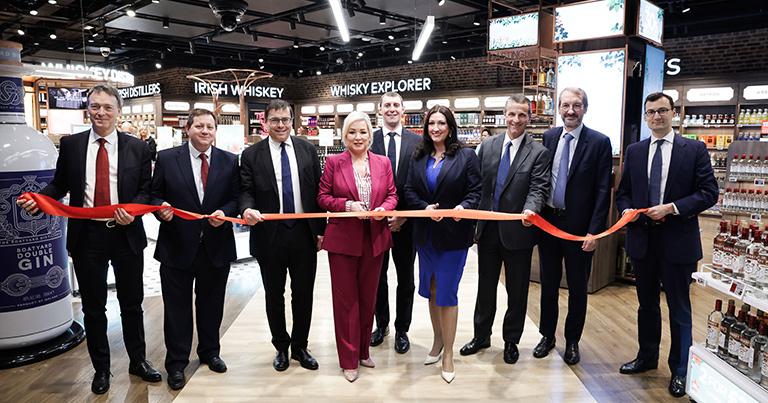
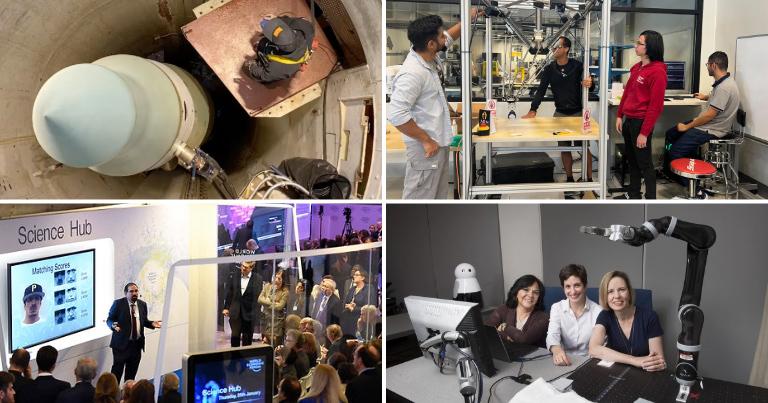

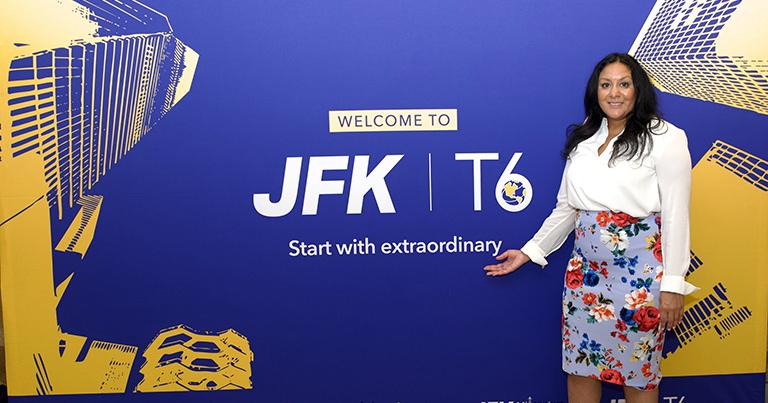
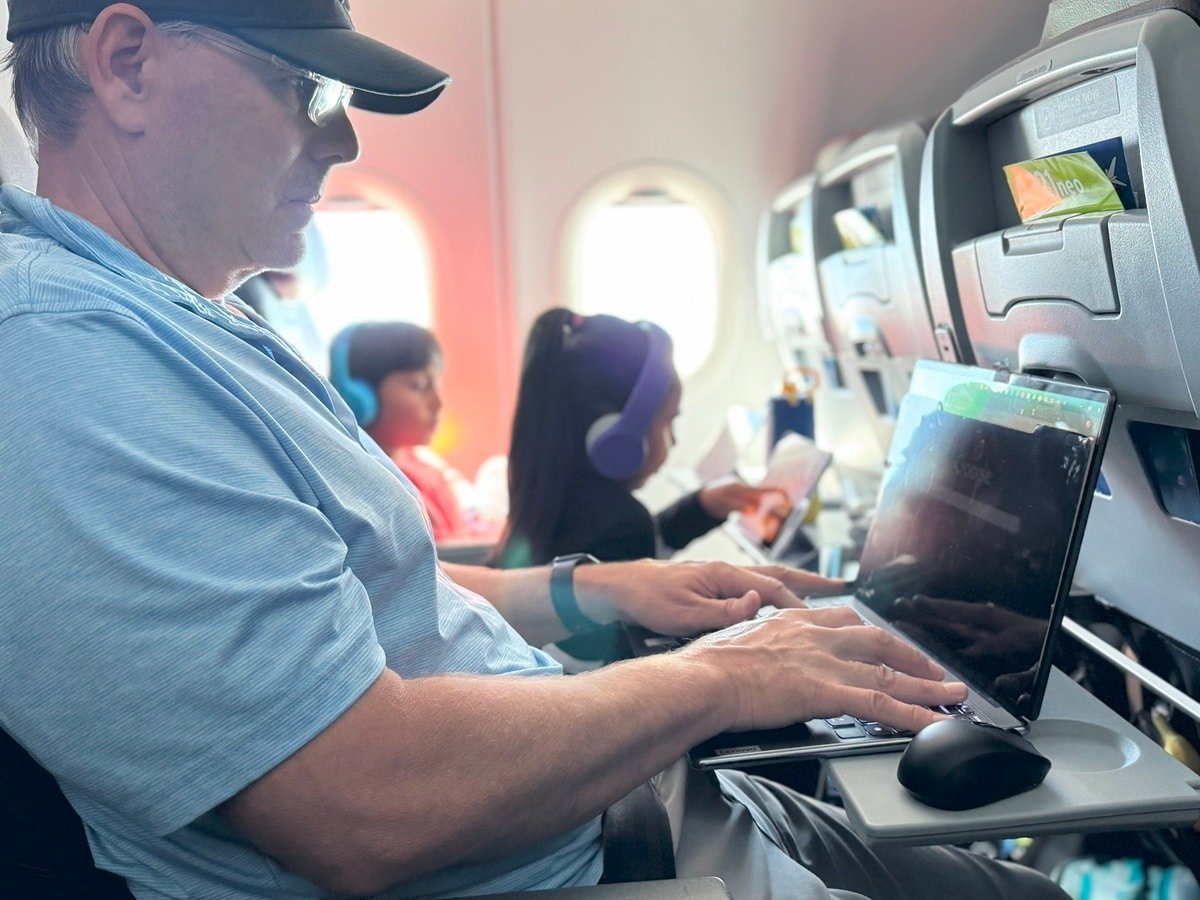



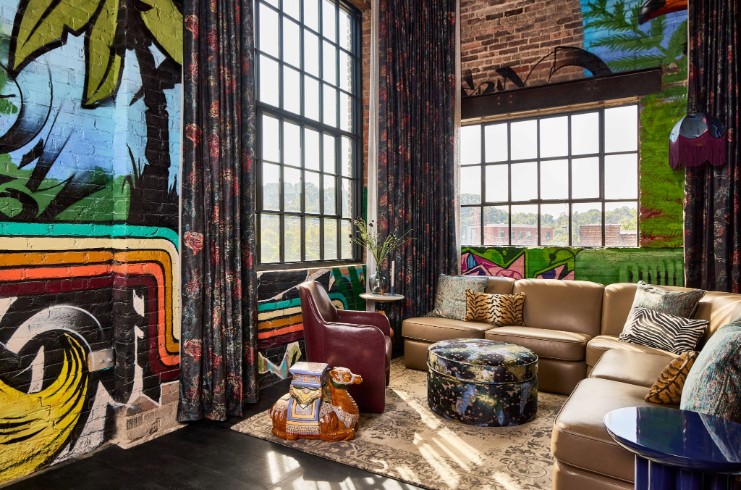
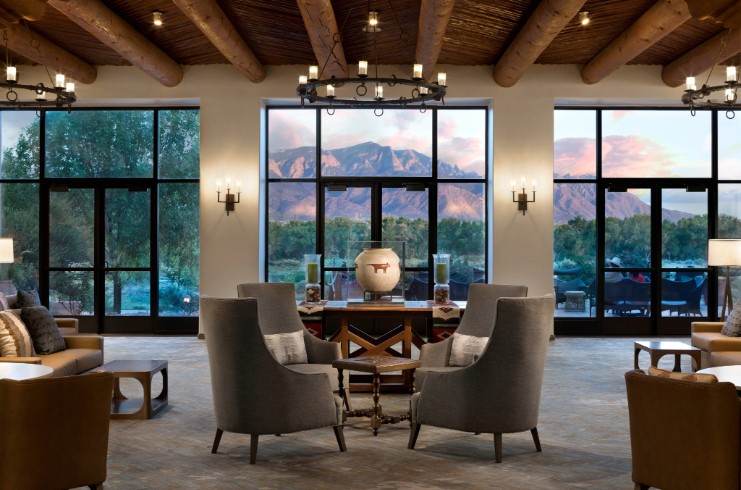














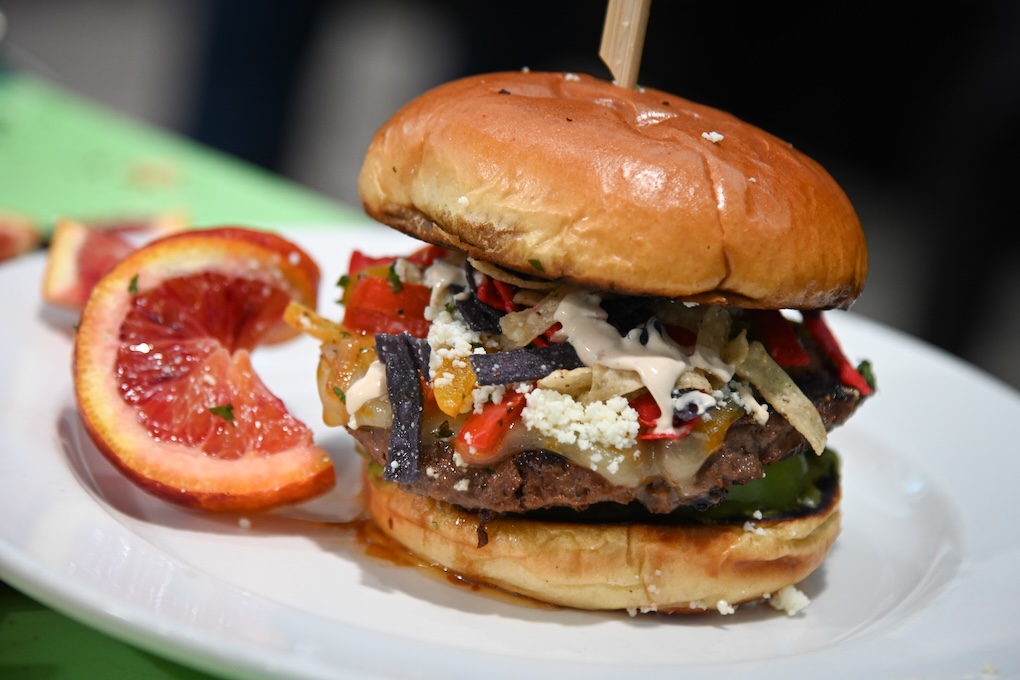
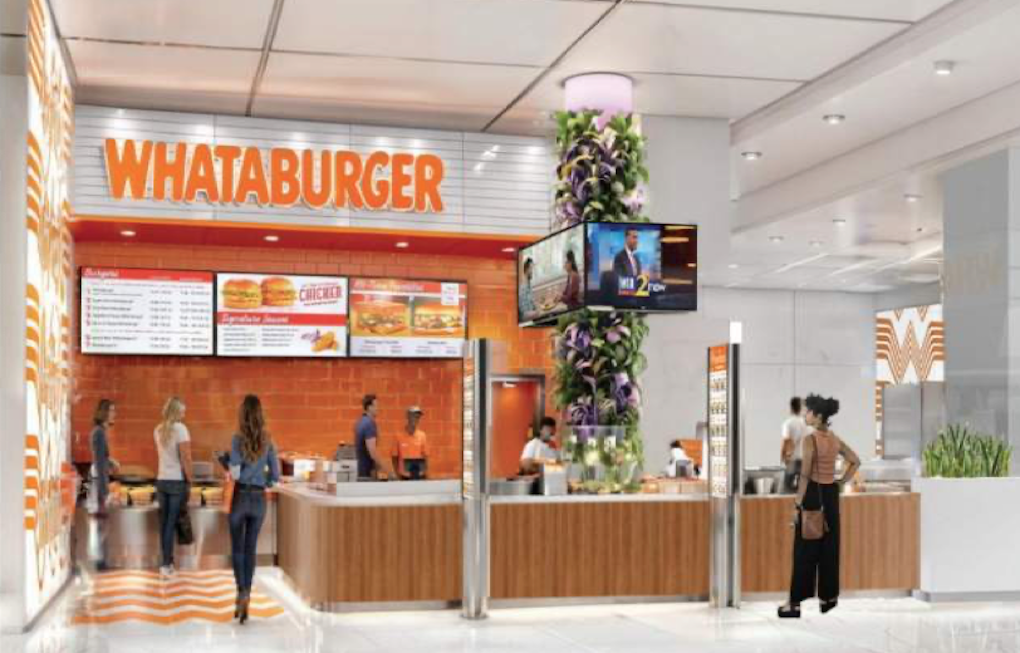
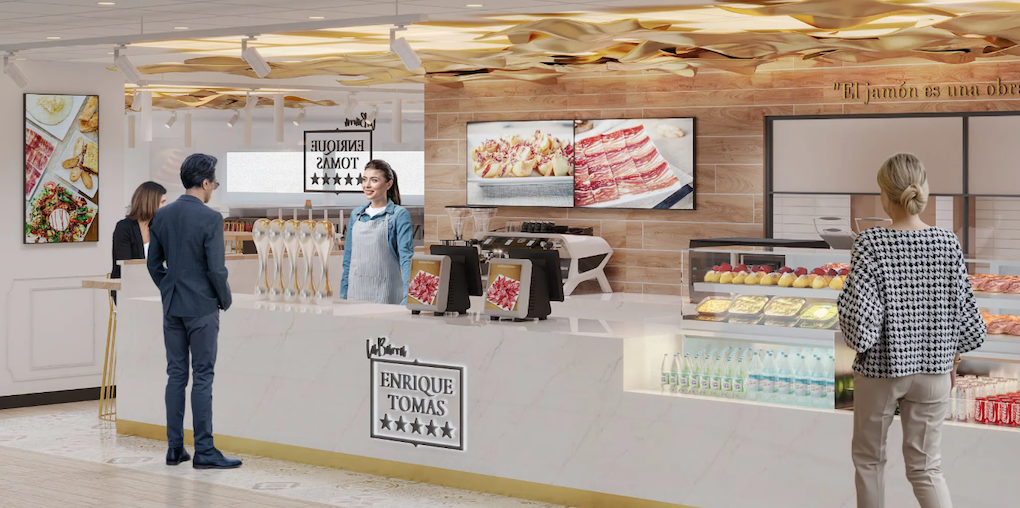





































![Southwest Passenger Breaks Down In Tears After Unexpected Kindness—Then So Does The Agent [Roundup]](https://viewfromthewing.com/wp-content/uploads/2025/05/upscalemedia-transformed-1.jpeg?#)
